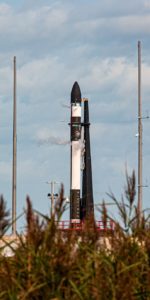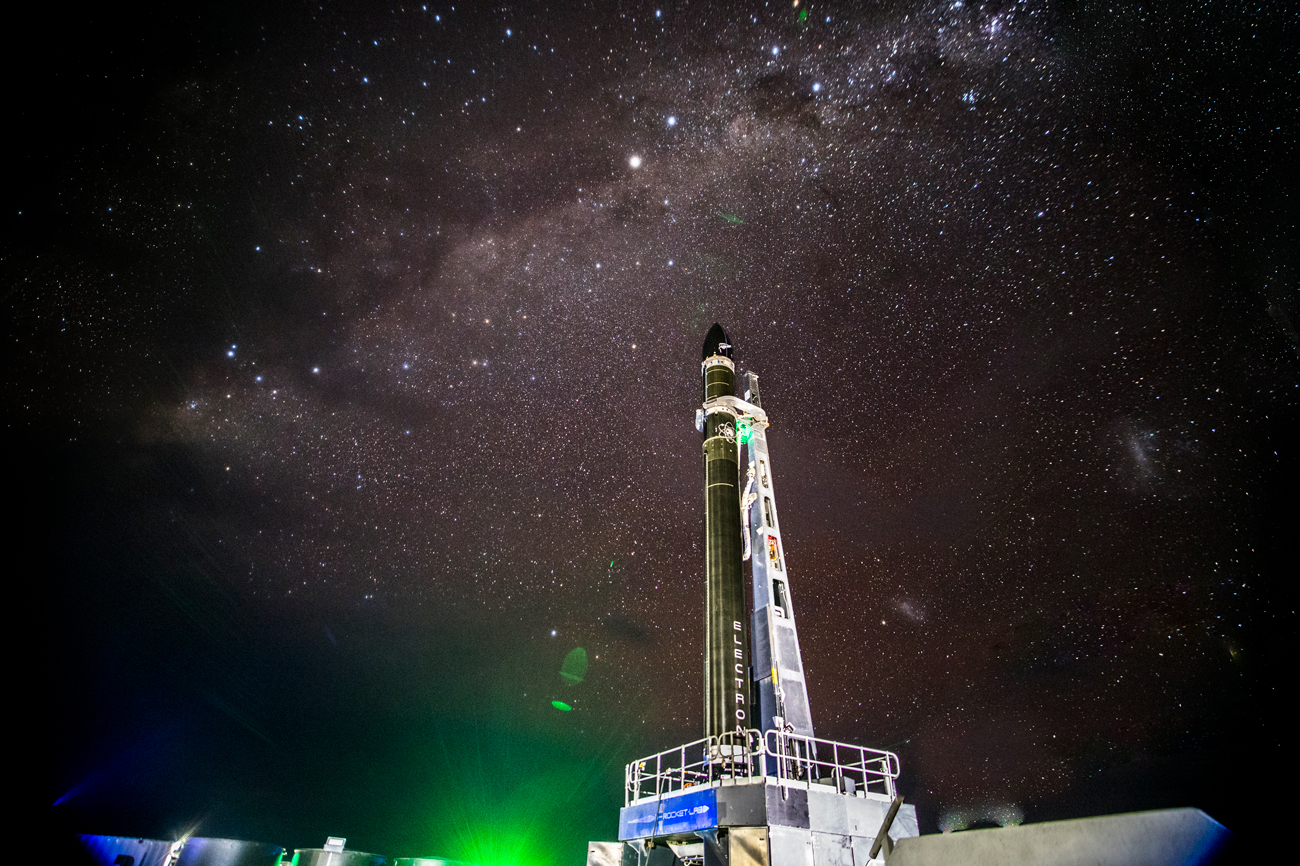
Last Monday, an international team of scientists announced one of the most intriguing discoveries in space to date: the molecule phosphine in the atmosphere of Venus. This has already led to much discussion and debate. Why? Because on Earth, phosphine can only be produced one of two ways: either artificially in a laboratory or in nature by microbes.
The scientists involved aren’t claiming proof of life on Venus, but the gas is a potential biosignature. The phosphine is at an abundance in the atmosphere – specifically the region of the atmosphere where the temperatures and pressures are quite Earth-like – that makes it difficult, so far anyway, to explain by any known chemical processes. But could this really be a sign of life or is it just an as-yet unknown abiotic mechanism never seen before (as noted by the researchers)?

Two different groups, Breakthrough Initiatives and Rocket Lab, are already on the case, proposing new research that could help to determine the answer.
Breakthrough Initiatives is a group of programs tasked with trying to answer the big question of whether or not are we alone in the universe. On September 15, the day after the announcement, the organization made its own announcement, that it is spear-heading a new research project to investigate the possibility that the phosphine on Venus might indeed be life-related.
The effort will include world-class physicists, astronomers, astrobiologists, chemists and engineers, led by Sara Seager, Professor of Planetary Science, Physics and Aerospace Engineering at the Massachusetts Institute of Technology. Seager was one of the scientists involved in the initial phosphine detection study.
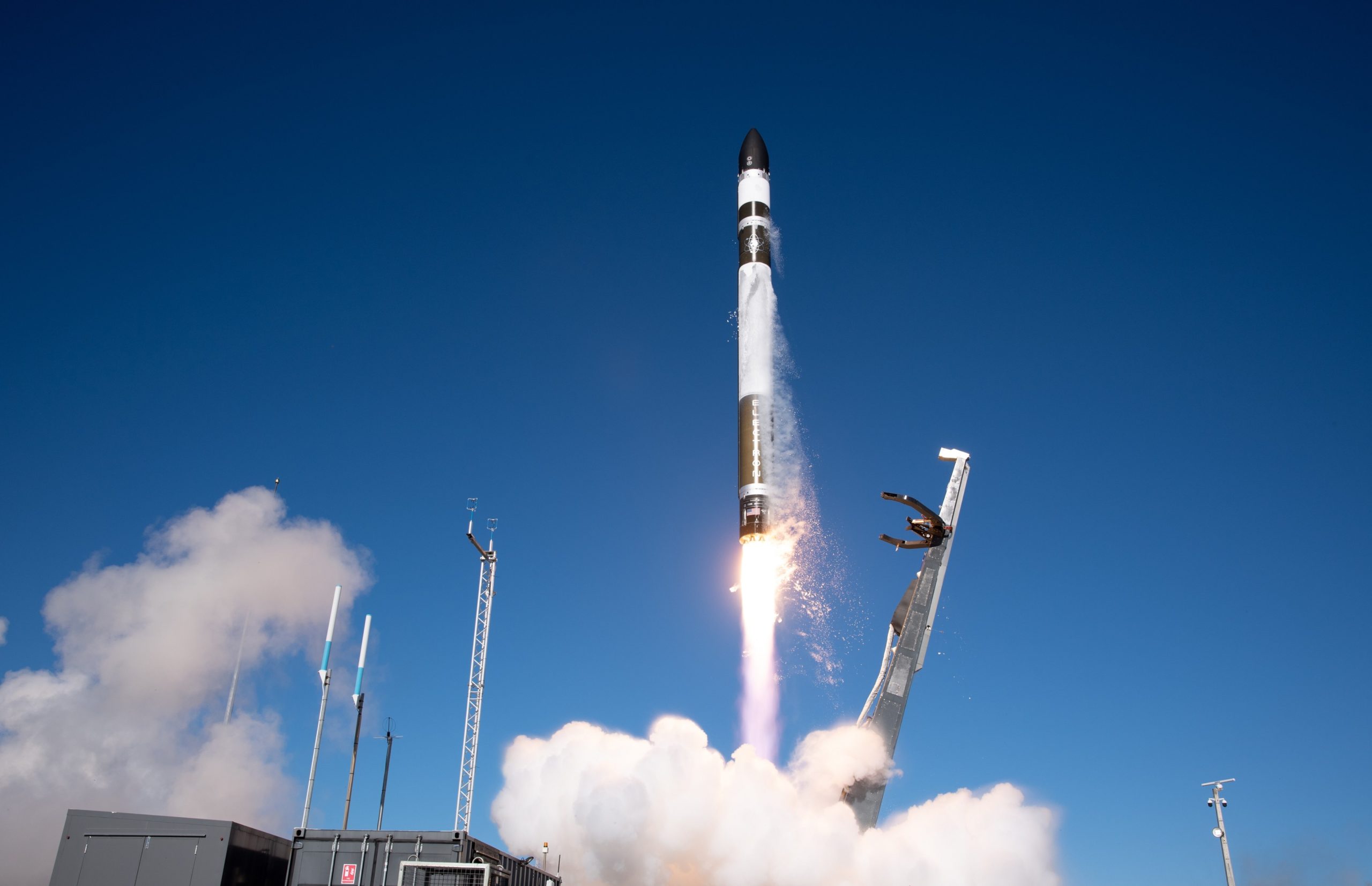
If they determine that there is a reasonable chance that the phosphine really is a by-product of microorganisms in Venus’ atmosphere, they will then propose a return mission to the planet. The advantage here is that Venus is the closest planet to Earth, even closer than Mars, so planning a return mission wouldn’t be too difficult.
The project leadership includes:
- Sara Seager – MIT – Principal Investigator
- Janusz Petkowski – MIT – Deputy PI
- Chris Carr – Georgia Tech
- Bethany Ehlmann – Caltech
- David Grinspoon – Planetary Science Institute
- Pete Klupar – Breakthrough Initiatives – Chief Engineer
This is an exciting initiative, and includes some of the leading scientists in astrobiology today.
Finding life anywhere beyond Earth would be truly momentous,” said Yuri Milner, founder of the Breakthrough Initiatives. “And if there’s a non-negligible chance that it’s right next door on Venus, exploring that possibility is an urgent priority for our civilization.”
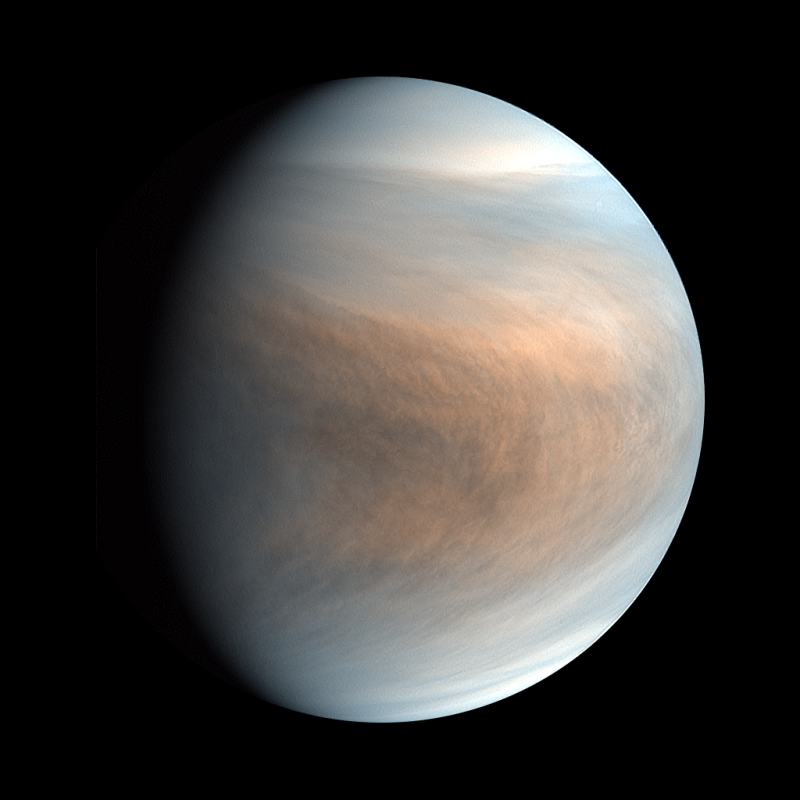
“The discovery of phosphine is an exciting development,” said S. Pete Worden, Executive Director of the Breakthrough Initiatives. “We have what could be a biosignature, and a plausible story about how it got there. The next step is to do the basic science needed to thoroughly investigate the evidence and consider how best to confirm and expand on the possibility of life.”
“We were stunned to find a molecule in Venus’s atmosphere that could come from organisms,” said lead author Jane Greaves of Cardiff University. “We will continue to monitor and hunt for more clues, to pinpoint where exactly on the planet the phosphine is coming from.”
Sara Seager, Professor of Planetary Science, Physics and Aerospace Engineering at the Massachusetts Institute of Technology, added, “We are thrilled to push the envelope to try to understand what kind of life could exist in the very harsh Venus atmosphere and what further evidence for life a mission to Venus could search for.”
But Breakthrough Initiatives is not the only one taking the ball and running with this.
Space launch company Rocket Lab is already planning to send its own spacecraft to Venus to try to figure out what’s going on. It wants to send a small satellite to Venus, called Photon, on its own Electron rocket as soon as 2023.
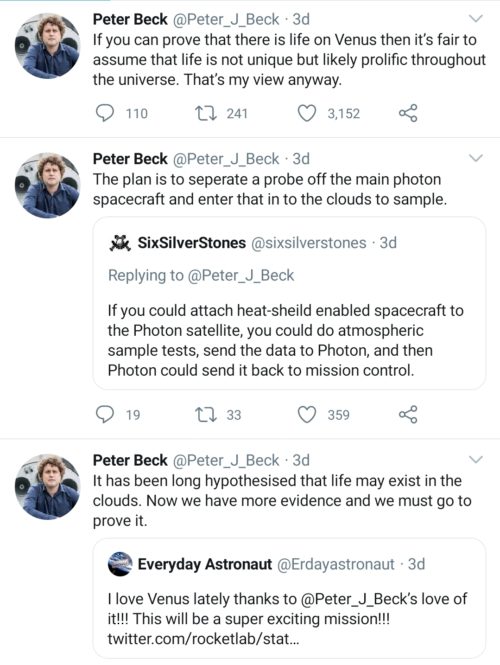
Photon would fly past Venus and take measurements and photos. It would release a small probe weighing 82 pounds into the planet’s atmosphere, which would analyze the gases in the region where the phosphine was detected. According to Beck, it would fall through the atmosphere, taking measurements as it goes.
Rocket Lab is also working with some of the same scientists, including Seager. She said the probe could include “some kind of gas analyzer” or infrared spectrometer to look for not only the phosphine, but other gases as well that might be biosignatures.
Photon would be a very modest mission compared to ones launched by the big space agencies, but could still return very useful science data.
NASA itself has two new Venus missions on the drawing boards, DAVINCI+ and VERITAS (from well before the phosphine announcement). They would have much more capabilities than Photon, but are also a bit farther in the future. Photon could get to Venus much sooner.
Right now, the Japanese Akatsuki probe is the only mission presently at Venus, but its focus is on gravity waves, equatorial jet streams and the physics of its clouds.

In another development, however, it turns out that the European BepiColombo spacecraft, en route to Mercury, is about to pass by Venus as well. This first of two flybys will be very soon, on Oct. 15, 2020. It’s possible, but not certain, that the spacecraft’s instruments, in particular the MERTIS (MErcury Radiometer and Thermal Infrared Spectrometer) could detect the phosphine.
“We possibly could detect phosphine,” said ESA’s Johannes Benkhoff, BepiColombo’s Project Scientist. “But we do not know if our instrument is sensitive enough.”
“There actually is something in the spectral range of MERTIS,” said Jörn Helbert from the German Aerospace Center, co-lead on the MERTIS instrument. “So we are now seeing if our sensitivity is good enough to do observations.”

The second flyby, on Aug. 10, 2021, will be much closer to the planet and give the team more time to prepare.
“[On the first flyby] we have to get very, very lucky,” said Helbert . “On the second one, we only have to get very lucky. But it’s really at the limit of what we can do.”
“It’s kind of perfect timing,” said Helbert. “Now [the flyby] is even more exciting.”
The phosphine announcement has sparked a renewed interest in Earth’s closest planetary neighbor. Whether the phosphine is a product of life or other interesting chemistry, these kinds of new exploration initiatives will teach us a lot more about the “planet from hell.”
The two new research papers about the phosphine discovery can be read here and here.
.
.
FOLLOW AmericaSpace on Facebook and Twitter!
.
.





